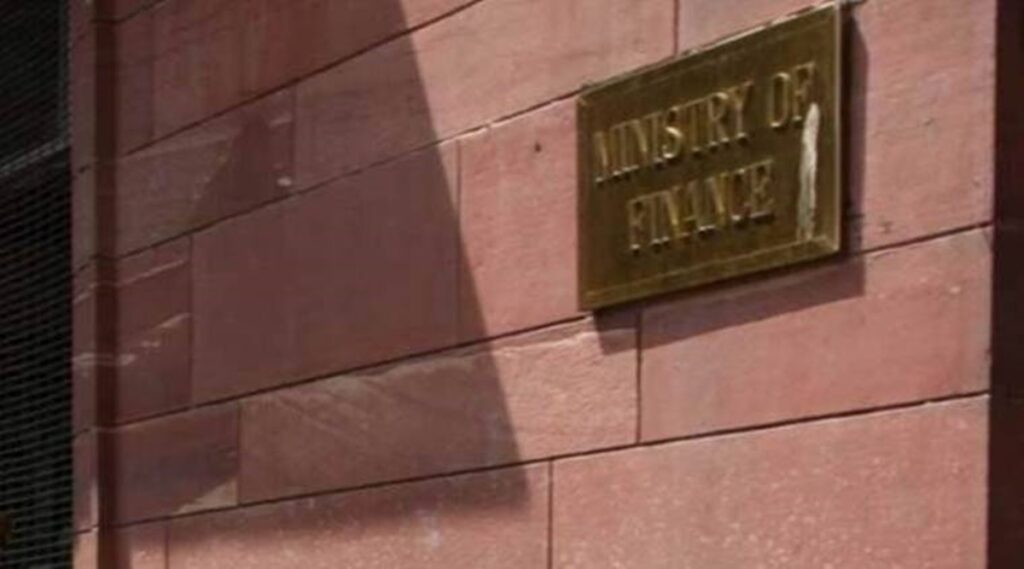The finance ministry has asked the large state-run lenders – such as Punjab National Bank (PNB), Canara Bank, Union Bank and Indian Bank – to submit a report on the impact of the massive consolidation exercise that they went through in April 2020, sources told FE. The idea is to conduct a comprehensive analysis of the results of the merger exercise. “Among other things, the report is being sought to ascertain whether the intended benefits of consolidations have been reaped and what lessons can be learnt from such exercises.
The analysis of the impact is very important for prudent policy-making,” one of the sources said. The report will likely comprise details of their performance in various aspects – including bad loans, credit flow, profitability, cost reduction and utilisation of resources — since the merger, he said. The four large lenders are likely to present their reports to the Indian Banks’ Association, which, in turn, is expected to compile them and submit a comprehensive one to the department of financial services, said another source.
This is the first time that the ministry has sought such a comprehensive report on the merger from these banks. With effect from April 1, 2020, Oriental Bank of Commerce and United Bank were merged with PNB to create the country’s second-largest state-run lender; Syndicate Bank was amalgamated with Canara Bank; Andhra Bank and Corporation Bank were merged with Union Bank, and Allahabad Bank was amalgamated with Indian Bank. Before this, Vijaya Bank and Dena Bank became a part of the Bank of Baroda on April 1, 2019.
Last week, in a meeting with chiefs of public-sector banks (PSBs), the finance ministry reviewed their asset quality, credit flow and capital-raising plans, and briefly discussed the consolidation exercise as well, sources said. The government had first announced the mergers of the 10 state-run banks to create four larger entities in August 2019, which took effect from April 2020. This was aimed at creating only a few but strong banks with large balance sheets to fund big projects and support the growing credit appetite of the economy.
Finance minister Nirmala Sitharaman had then said, India would have 12 “solidly present, well-consolidated, energised, adequately capital-endowed” PSBs. The consolidations in recent years led to the reduction in the number of PSBs to 12 in 2020 from 27 in 2017. Senior ministry officials, too, had said the consolidation would enhance the risk appetite of banks and reduce their costs (as network overlaps go), and branches of the banks would be rationalised with no staff layoff.
The successful experience of merging State Bank of India with five of its subsidiaries and Bharatiya Mahila Bank, and the amalgamation of Bank of Baroda, Vijaya Bank and Dena Bank had then given the government confidence that another round of consolidation could be handled without hiccups. In the interim Budget for 2019-20, the government said: “Amalgamation of banks has also been done to reap the benefits of economies of scale, improved access to capital and to cover a larger geographical spread. ”.
From: financialexpress
URL: https://www.financialexpress.com/industry/banking-finance/finance-ministry-to-do-impact-analysis-of-public-sector-banks-merger-seeks-report-from-banks/2578749/
